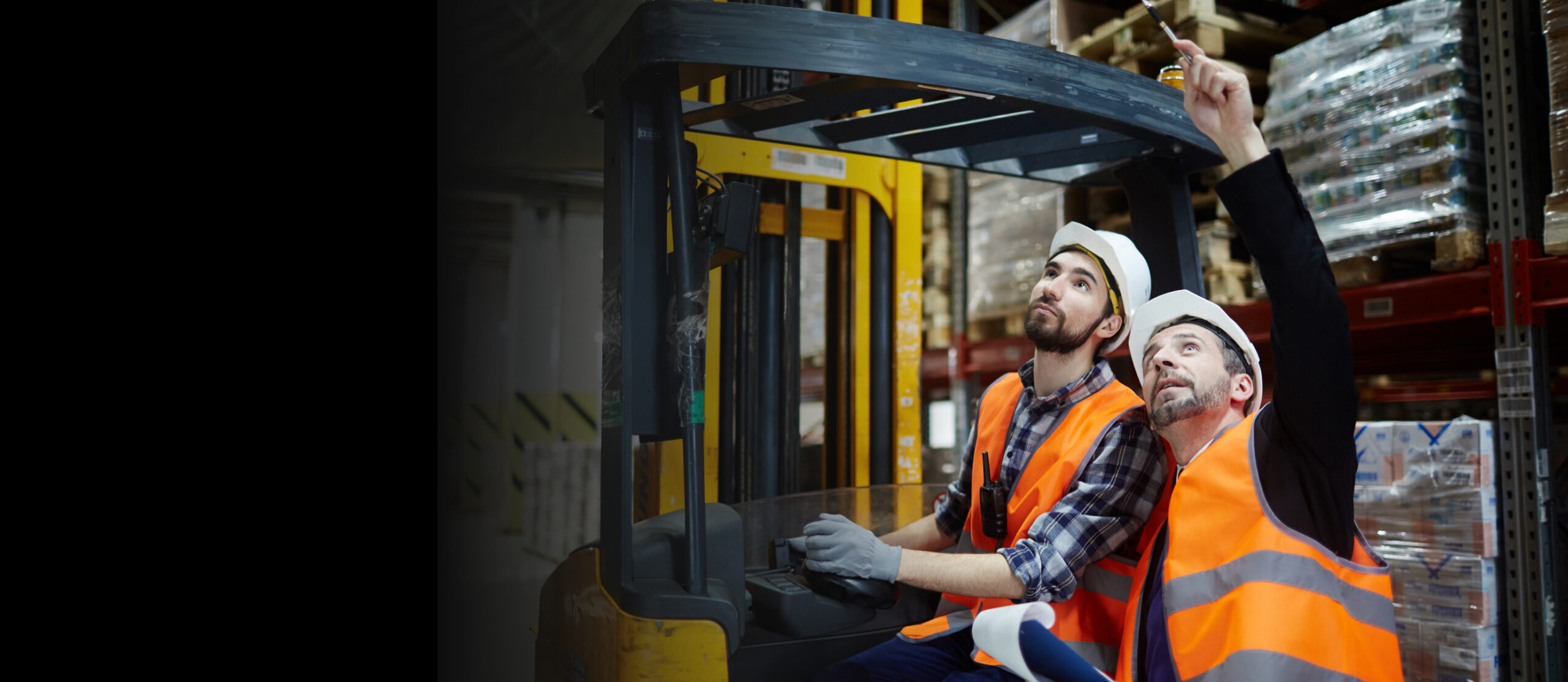Tech Trends to Expect in the Logistics Industry in 2022
As 2021 comes to an end, it’s time to start thinking about the industry trends for the upcoming year. Market tre...
Search

You’ve got a job to do and don’t need to be bogged down with payment complications. With RoadSync Checkout, you’ll be able to collect lumper fees quickly, for faster, more easily tracked revenue.
As 2021 comes to an end, it’s time to start thinking about the industry trends for the upcoming year. Market tre...
Intermodal transportation helps shippers and trucking companies reduce costs and save time in several ways. Over...
Freight carriers play a vital role in America’s economy. They withstood the challenges placed on the industry du...
For decades, the transportation and freight logistics sectors have relied on traditional payment processing tool...